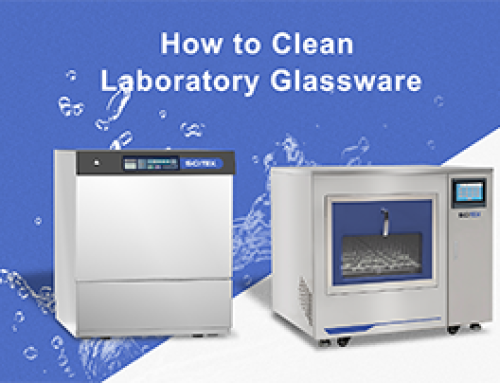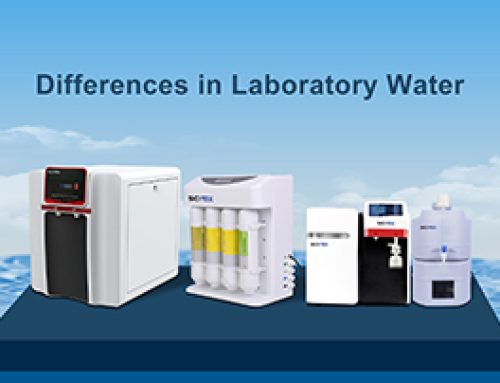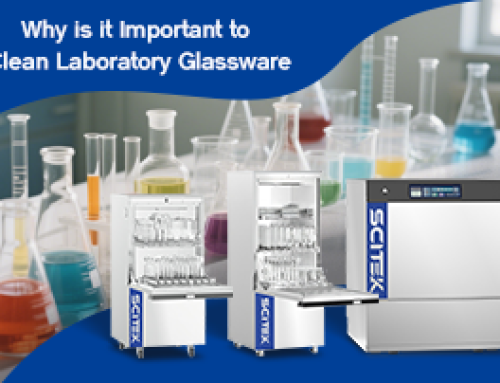Incompletely cleaned glassware is one of the major causes of experimental failure. Many experimental glassware looks clean, but its surface may have adsorbed various trace atoms, organic matter, soluble substances, etc. Some extra effort can be made to avoid these mistakes while cleaning with detergents. What steps must we follow to remove stubborn stains from glassware? Let’s read together to find out!
Acid washing glassware
The surface of most new, unused glassware will be weakly alkaline. Therefore, when performing precision chemistry experiments, glassware needs to be soaked in a 1 percent hydrochloric or nitric acid solution for a few hours and then washed with distilled or deionized water.
Glassware Cleaner
Labware should be cleaned as soon as possible after use. If they are not cleaned immediately, obliterating the residue may not be possible.
For lightly contaminated and large quantities of glassware, we can hang it on a fixed stand and soak it in detergent or soap for about 1-2 hours.
After soaking, scrub all parts of the glassware thoroughly with a brush.
Then rinse the glassware with distilled or purified water and dry it.
Safe use of acid solutions
If glassware becomes too cloudy or dirty, it must be cleaned with acid.
Metal-contaminated glassware needs to be cleaned by immersing it in a hydrochloric or nitric acid solution. The concentration depends on the type of residue removed and its stubbornness.
Glassware contaminated with organic matter needs to be immersed in an organic solution such as acetone, methanol, or sodium hydroxide. If the above solutions do not thoroughly clean the surface of the glassware of contaminants, chromic acid needs to be added to the solution to remove stubborn deposits. (Chromic acid is a corrosive solid and carcinogen that should be used carefully).
Removing grease
The best way to remove grease is to boil the grease in a dilute sodium carbonate solution. Acetone or any other fat solvent can be used. Strong alkalis should not be used.
Drain and rinse with acetone or fuming sulphuric acid for 30 minutes. Be sure to rinse off all cleaning agents.
Rinsing
Rinse glassware after soaking it in an acid solution. Rinse glassware repeatedly with distilled or deionized water, shaking thoroughly and emptying at least 8 times.
After rinsing, they can be sterilized using an autoclave.
Storage
Hang utensils such as test tubes, beakers or measuring cylinders upside down on a special rack. To ensure the utensils are protected from dust, sterilized and dried utensils can be placed in a dust-free cabinet.





Get Social